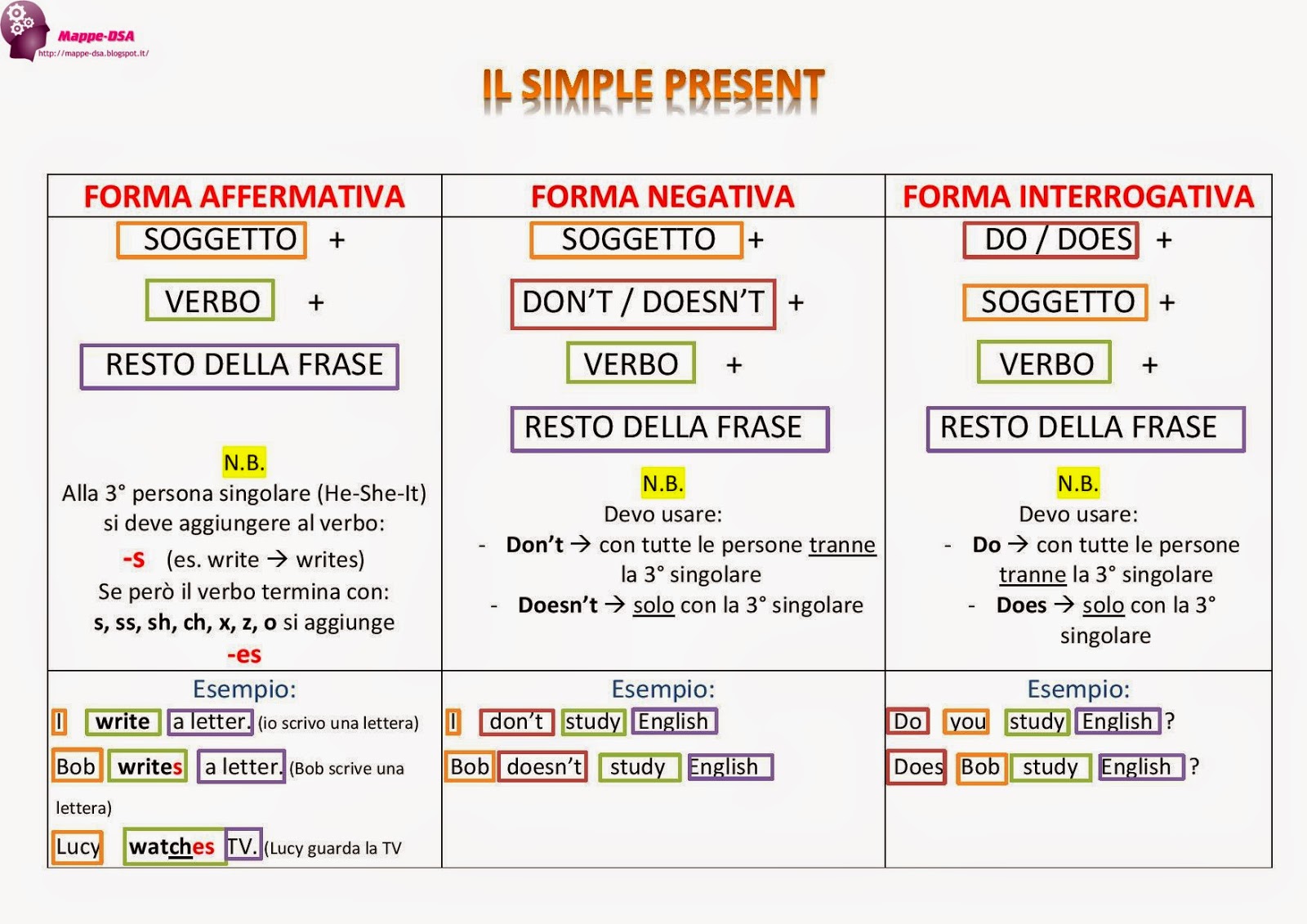Mastering the Past Simple: Your Key to Fluent English
Have you ever struggled to tell a story in English or felt confused about when to use certain verb forms? You're not alone! One of the most important building blocks of fluent English conversation is mastering the past simple tense. It's how we talk about finished actions in the past, and getting it right is essential for clear communication.
Think of the past simple as the foundation for recounting your experiences, sharing anecdotes, and understanding narratives. Whether you're describing a delicious meal you had last night, recounting a memorable trip, or simply telling someone about your day, the past simple tense is your go-to tool.
This guide will delve into the intricacies of the past simple, providing you with a clear understanding of its structure, usage, and importance. We'll explore common pitfalls and equip you with practical tips to confidently use this fundamental tense in your everyday English conversations.
Remember those grammar lessons in school, filled with verb conjugations and seemingly endless rules? While they might have felt tedious then, they were laying the groundwork for a key aspect of English grammar. Just like learning to ride a bike, mastering the past simple takes practice, but once you get the hang of it, it becomes second nature.
So, whether you're a beginner just starting your English learning journey or a more seasoned speaker looking to refine your skills, understanding and confidently using the past simple tense is an invaluable asset. Let's dive in and unlock the power of this essential grammatical tool!
Advantages and Disadvantages of Learning Past Simple Early
While there are many advantages to focusing on the past simple tense early on in your English learning journey, it's also important to be aware of potential drawbacks:
| Advantages | Disadvantages |
|---|---|
|
|
Best Practices for Mastering the Past Simple
Here are some effective strategies to help you confidently use the past simple tense:
- Start with regular verbs: Familiarize yourself with the -ed ending pattern for regular past tense verbs (e.g., walk - walked, talk - talked).
- Tackle irregular verbs gradually: Learn common irregular verbs (e.g., go - went, see - saw) in groups or through flashcards.
- Practice with real-life situations: Describe your daily activities, past experiences, or tell simple stories using the past simple.
- Listen actively: Pay attention to how native English speakers use the past simple in conversations, movies, and TV shows.
- Don't be afraid to make mistakes: Mistakes are part of the learning process. Embrace them as opportunities to improve.
Frequently Asked Questions about Past Simple
Here are answers to some common questions about the past simple tense:
1. What's the difference between the past simple and the present perfect?
The past simple describes completed actions in the past, while the present perfect connects past actions to the present moment.
2. How do I use the past simple with negative sentences?
Use "did not" (didn't) + base form of the verb. For example, "I didn't go to the store yesterday."
3. What are some common time expressions used with the past simple?
Yesterday, last week, in 2020, ago, this morning.
4. Why are there so many irregular verbs?
Irregular verbs are often remnants of older forms of the English language.
5. How can I improve my pronunciation of past tense verbs?
Listen to native speakers and practice imitating the sounds. Pay attention to the ending sounds of -ed verbs.
6. Is it okay to mix past simple and present perfect in a story?
While it's generally best to be consistent, you can sometimes use both tenses in a story to create specific effects.
7. How important is it to learn the past simple perfectly?
Don't aim for perfection, aim for clear communication. Focus on using the past simple correctly in context.
8. What are some fun ways to practice the past simple?
Play board games that involve storytelling, watch movies with subtitles, write journal entries about your day.
Tips and Tricks
Here are a few additional tips for mastering the past simple:
- Create flashcards with irregular verbs.
- Use online quizzes and exercises to test your knowledge.
- Find a language exchange partner and practice speaking in the past tense.
- Read books and articles, paying attention to the verbs used.
Mastering the past simple tense is an essential step towards fluency in English. It's your key to unlocking the ability to share stories, experiences, and communicate effectively about the past. While it may seem challenging at first, with consistent practice and the right approach, you'll be confidently using the past simple in no time. Remember, every step you take brings you closer to your language goals. Happy learning!

esempio di past simple | YonathAn-Avis Hai

esempio di past simple | YonathAn-Avis Hai

I paradigmi della lingua inglese verbi irregolari | YonathAn-Avis Hai

The passato prossimo You left He studied I walked They ate She sang | YonathAn-Avis Hai

Tabella Verbi Irregolari Inglese Dsa | YonathAn-Avis Hai

esempio di past simple | YonathAn-Avis Hai

esempio di past simple | YonathAn-Avis Hai

esempio di past simple | YonathAn-Avis Hai

esempio di past simple | YonathAn-Avis Hai

esempio di past simple | YonathAn-Avis Hai

esempio di past simple | YonathAn-Avis Hai

esempio di past simple | YonathAn-Avis Hai

esempio di past simple | YonathAn-Avis Hai

esempio di past simple | YonathAn-Avis Hai
esempio di past simple | YonathAn-Avis Hai